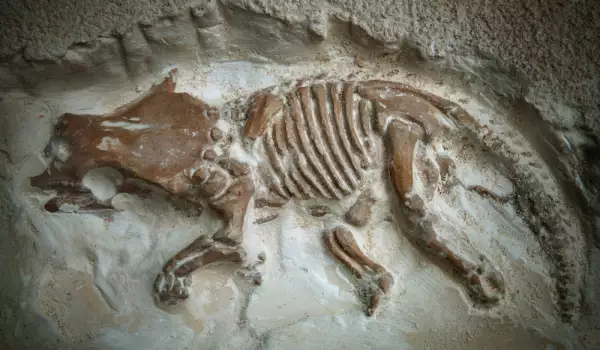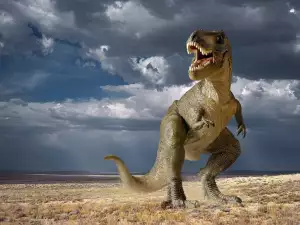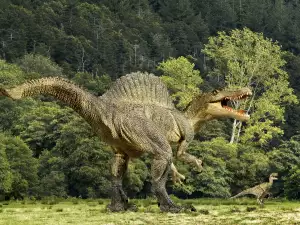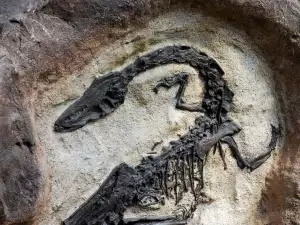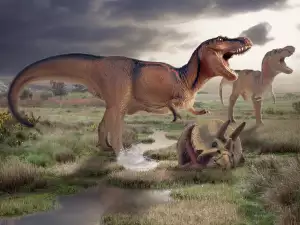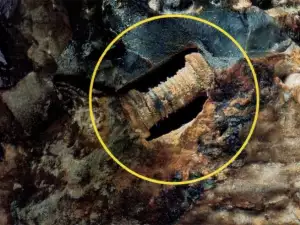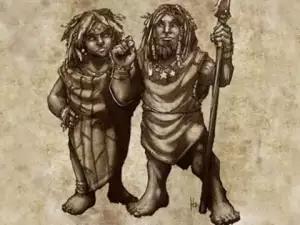A species of triple-horned dinosaur, unknown until now, was discovered in the northern wilderness of Canada, writes the British Daily Mail. The horned reptile roamed the Earth approximately 89 million years ago. Its discoverers explain that despite it being a herbivore, with its 3 massive horns and parrot-like beak in place of a mouth, the ancient animal was a terrifying sight to behold.
The skull discovered by paleontologists has several sharpened and curved, hook-like horns. Its head also contained a bony neck frill that protected it from the carnivores roaming the planet at the end of the Jurassic period. The remains of the herbivorous reptile also provide evidence of the beginnings of the development of a horn on the nose, similar to the more famously known to science and pop culture Triceratops.
Paleontologists theorize that this newly discovered creature was indeed a predecessor of Triceratops. It's been named Wendiceratops pinhornensis, which means the "horned face of Wendy". This triple-horned giant was named after fossil hunter Wendy Sloboda, who first discovered it in 2010.
Scientists posit that besides for fending off predators, the male representatives of Wendiceratopses used their horns to battle over fertile territories and the attention of the females in the herd.
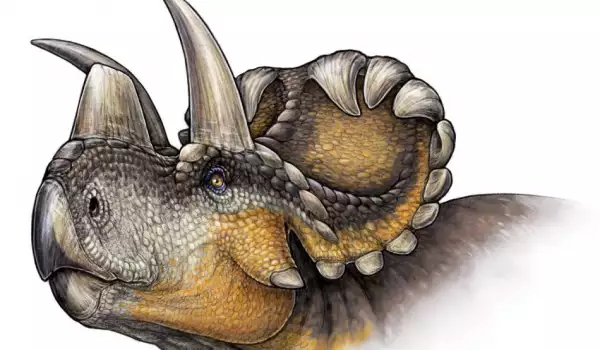
Research shows that the newly found dinosaur was the ancestor of all the other horned dinosaurs of the Ceratopsidae family that appeared during the Cretaceous period. It's been determined with 100% certainty that the animals were herbivores.
Proof for this is the peculiar beak of the animal. Paleontologists concur that it helped it tear vegetation that grew low to the ground. The animal chewed with large leaf-shaped teeth in its mouth.
The fossil remains of Wendiceratops were uncovered in the Canadian province of Alberta. Initial analysis showed that the creature was 19.7 ft (6 m) long and weighed about 1 ton. By comparison, a Triceratops could reach 29.5 ft (9 m) long and weigh up to 12 tons.
